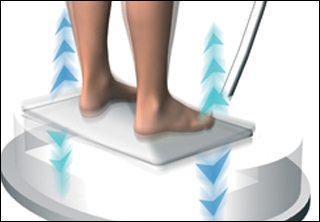Selective Ablation of Cancer Cells with Low Intensity Pulsed Ultrasound
Ultrasound can be focused into deep tissues with millimeter precision to perform noninvasive ablative therapy for diseases such as cancer. In most cases, this ablation uses high-intensity ultrasound to deposit nonselective thermal or mechanical energy at the ultrasound focus, damaging both healthy bystander tissue and cancer cells. Here, we describe an alternative low intensity (I_(SPTA) < 5 W/cm²) pulsed ultrasound approach that leverages the distinct mechanical properties of neoplastic cells to achieve inherent cancer selectivity. We show that ultrasound applied at a frequency of 0.5–0.67 MHz and a pulse duration of >20 ms causes selective disruption of a panel of breast, colon, and leukemia cancer cell models in suspension without significantly damaging healthy immune or red blood cells. Mechanistic experiments reveal that the formation of acoustic standing waves and the emergence of cell-seeded cavitation leads to cytoskeletal disruption, expression of apoptotic markers, and cell death. The inherent selectivity of this low-intensity pulsed ultrasound approach offers a potentially safer and thus more broadly applicable alternative to nonselective high-intensity ultrasound ablation.
Mittelstein, David R et al
Applied Physics Letters, (2020), 116 (1). Art. No. 013701. ISSN 0003-6951.
https://resolver.caltech.edu/CaltechAUTHORS:20191002-094950438





